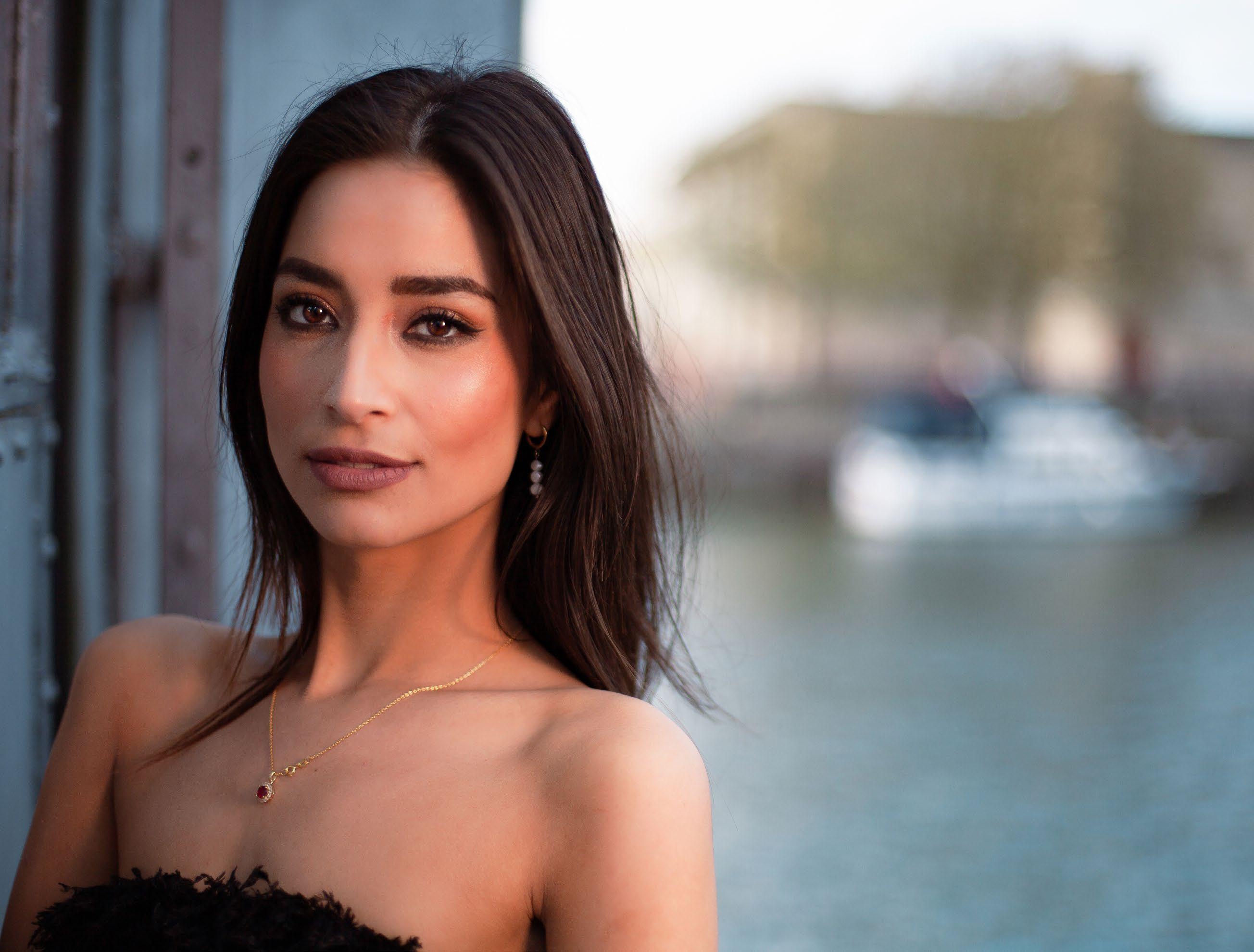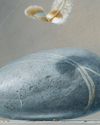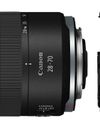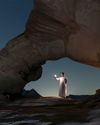
Photographing people comes easily to some, but can feel daunting to others. Although there are many technical aspects to consider, you also need to build a rapport with your subject. In this photo project, I worked with model Melda (Instagram: @melem.en) and I’m going to show you how can simplify your shoots by using just one single prime lens.
There are many opinions on which lens is the perfect lens for portraits. Usually 85mm is touted as the king (on full-frame). In fact, when I picked up my first camera, a Canon EOS 5D Mark II, it came with a Canon EF 50mm f/1.4 USM. For a couple of years, this was the only lens I owned and still, to this day, is one of my favourite lenses to use for great people pictures.
A ‘nifty fifty’ on an APS-C Canon gives you a similar focal length to that sought-after 85mm focal length, but on a full-frame body 50mm gives you more space around the subject to include the environment. Plus 50mm lenses are often really affordable: the Canon EF 50mm f/1.8 STM is only £109 (or even cheaper second-hand!) and it will still do a splendid job. It’s no surprise why a 50mm lens is usually the next upgrade for beginners who have outgrown the limitations of an 18-55mm kit lens.
Shooting wide open at an aperture of f/1.8 or f/1.4 will create a softer background, which will draw full attention to your model you’re focusing on.
This story is from the {{IssueName}} edition of {{MagazineName}}.
Start your 7-day Magzter GOLD free trial to access thousands of curated premium stories, and 9,000+ magazines and newspapers.
Already a subscriber ? Sign In
This story is from the {{IssueName}} edition of {{MagazineName}}.
Start your 7-day Magzter GOLD free trial to access thousands of curated premium stories, and 9,000+ magazines and newspapers.
Already a subscriber? Sign In

The Art of Copying Art - James Paterson shows you how to use your Canon gear to capture artwork and paintings the right way with simple camera and lighting skills
Whether you want to capture a painting like the above, digitise old prints or reproduce any kind of canvas, there's real skill in capturing artwork with your camera. Not only do you need the colours to be accurate, you also need to master the spread, angle and quality of the light to minimise glare and show the work at its best.This painting by the artist Bryan Hanlon has a wonderfully subtle colour palette. To reproduce the painting in print and digital form, it needs to be captured in the right way.

Fright night
Canon photographer and digital artist Alexander loves to craft incredible fantasy scenes with a spooky horror twist

Sharpen your shots with DPP
Sharpening a digital image also increases contrast at the edge of details

CANON ImagePrograf PRO-1100
Deeper blacks, better bronzing, greater lifespan and 5G Wi-Fi -Canon's new printer is full of new tech, says

Canon's new 'kit lens' is actually a half-price f/2.8 trinity lens!
The Canon RF 28-70mm F2.8 IS STM lacks a red ring, but borrows premium features from its L-series siblings

DREW GIBSON
Pro motorsports photographer Drew on why he hasn't (yet) switched to Canon's mirrorless system, why old-school techniques can be the most reliable, and the lessons learned from more than a decade shooting the world's biggest car brands

Up in smoke
Make a smoky shape in Affinity Photo and get to grips with the amazing Liquify Persona under the guidance of James Paterson

Expand your creativity with Generative Fill
Photoshop's Al-powered feature brings revolutionary new tools to image editing. James Paterson reveals all...

Turn your images into vintage postcards
Wish you were here? Sean McCormack explains how you can give your summer photographs a vintage postcard look

The Angel Malibu
Light painting an American movie producer in the Wadi Rum Desert in Jordan was a highly unlikely evening out for David!